FERC clarifies how it will treat carbon pricing in organized wholesale markets
Renewable Energy World
APRIL 16, 2021
This week FERC issued a policy statement clarifying how it will consider market rules proposed by regional grid operators that seek to incorporate a state-determined carbon price in organized wholesale electricity markets. Finally, the policy statement does not indicate a preference for carbon pricing over any other state policy.





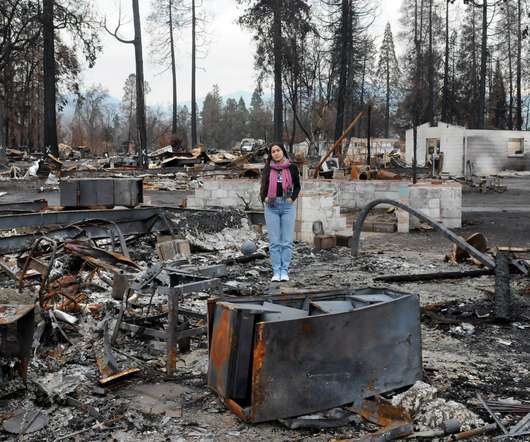

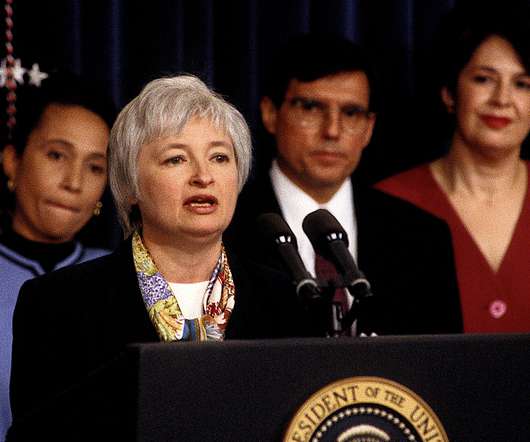
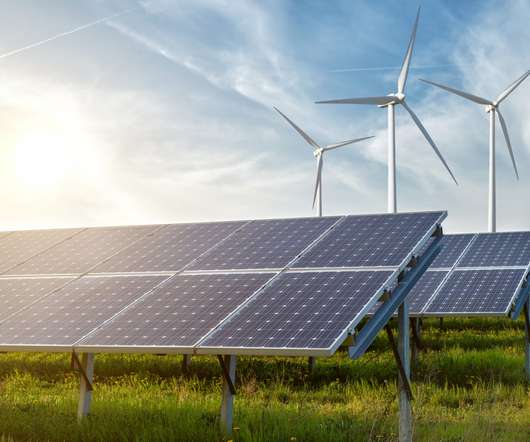

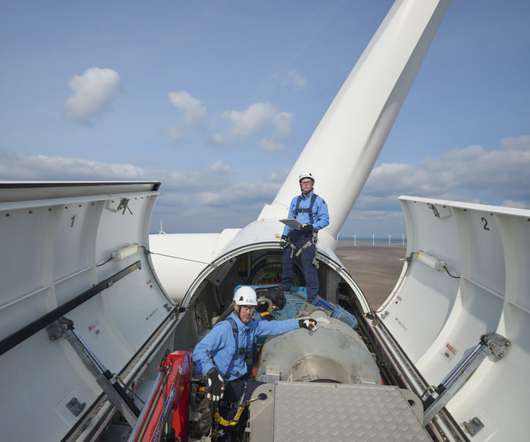

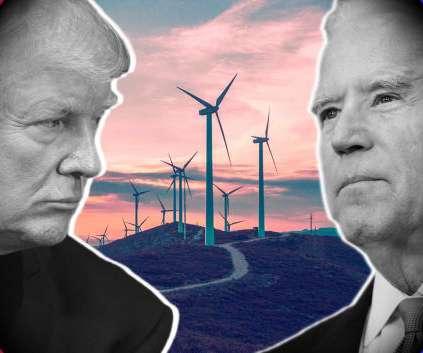








Let's personalize your content